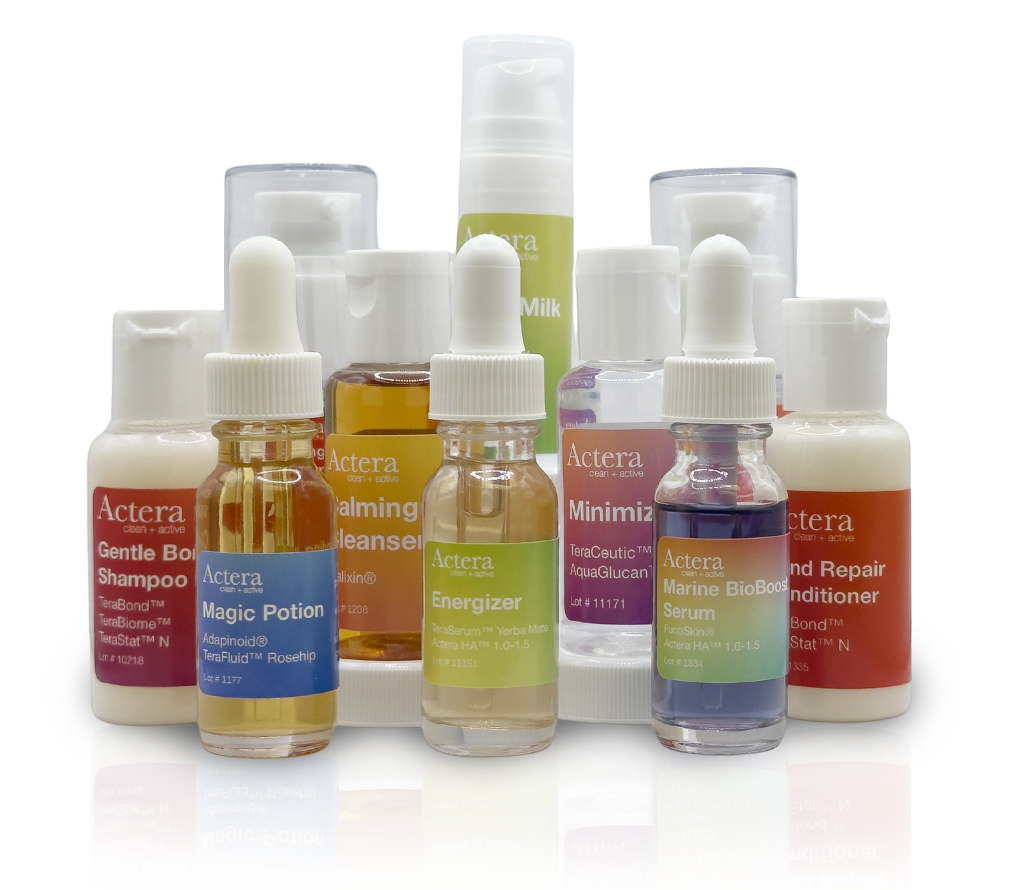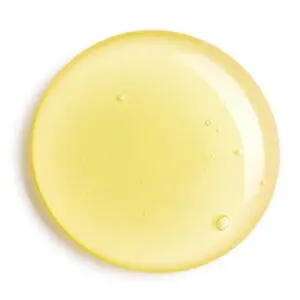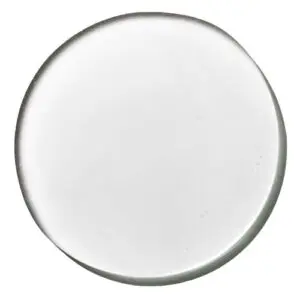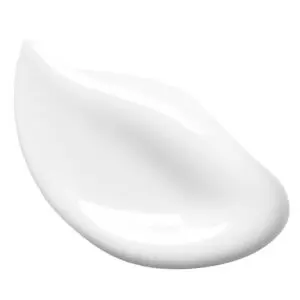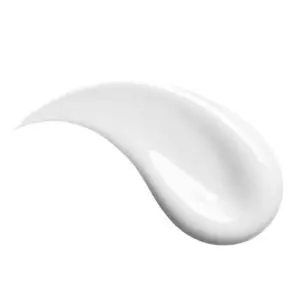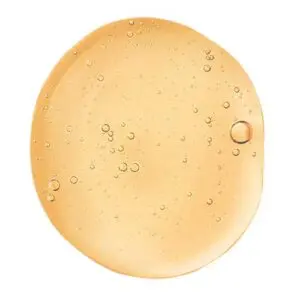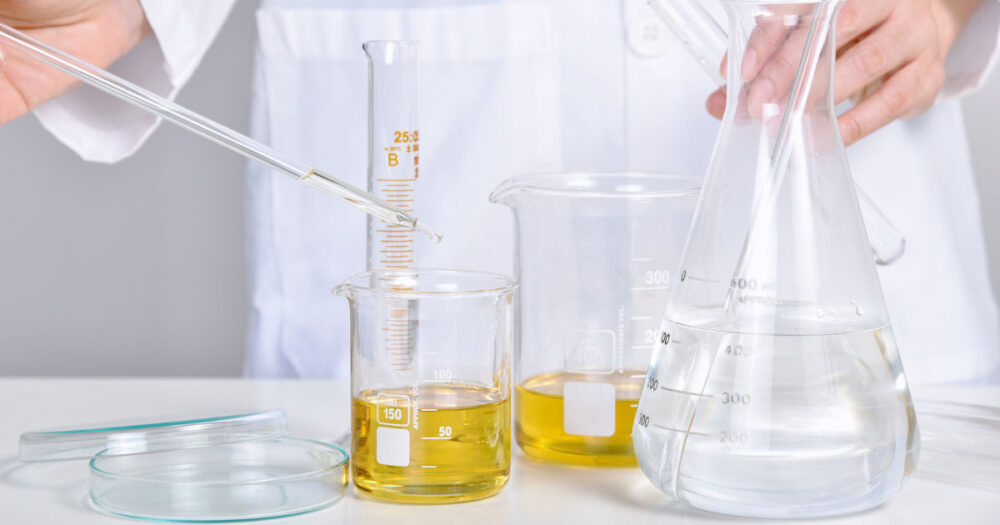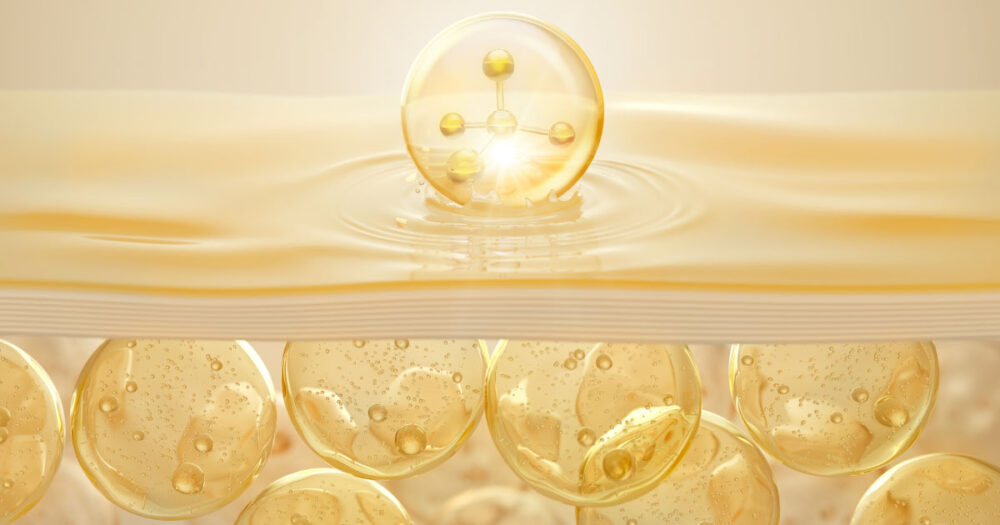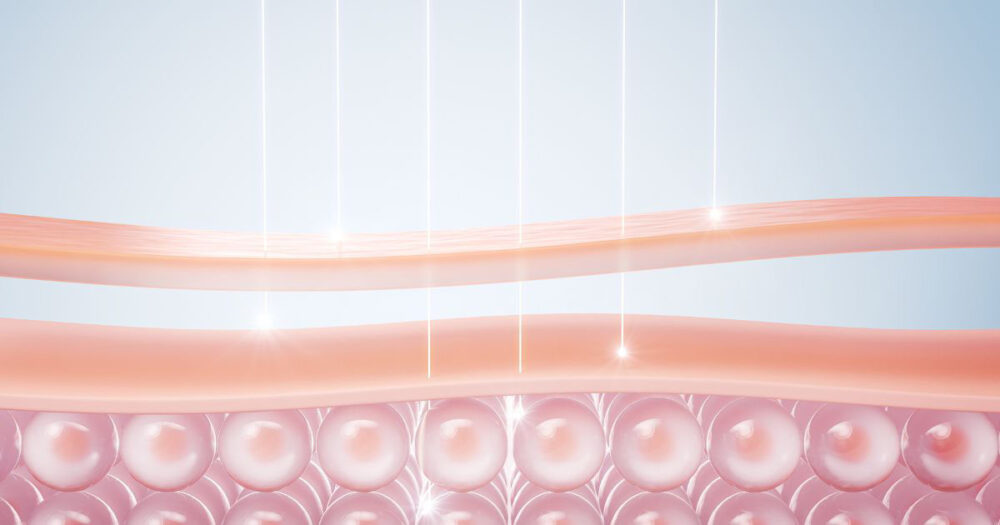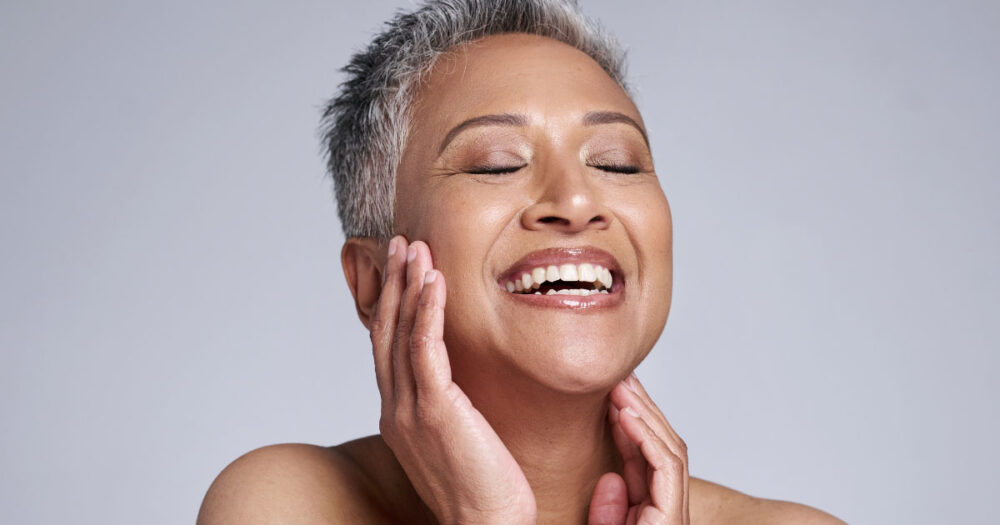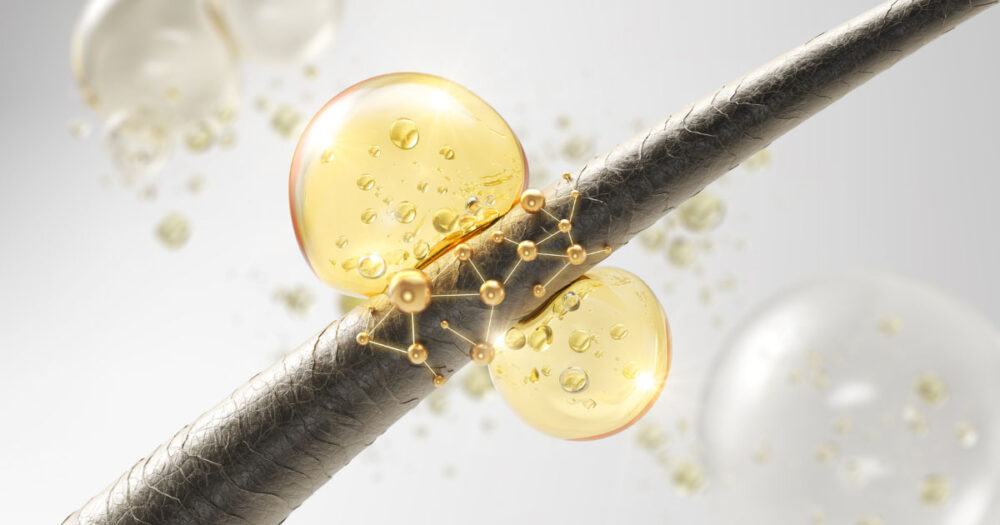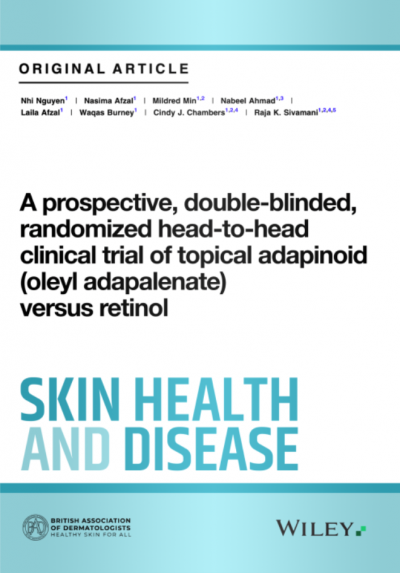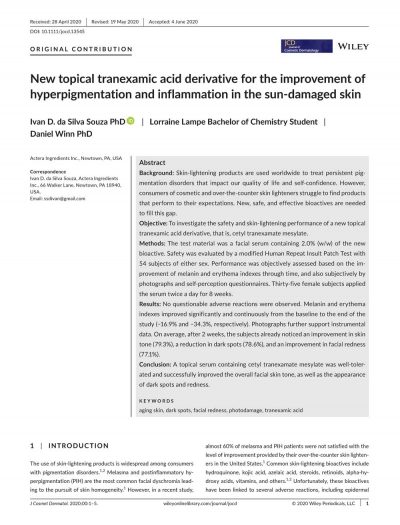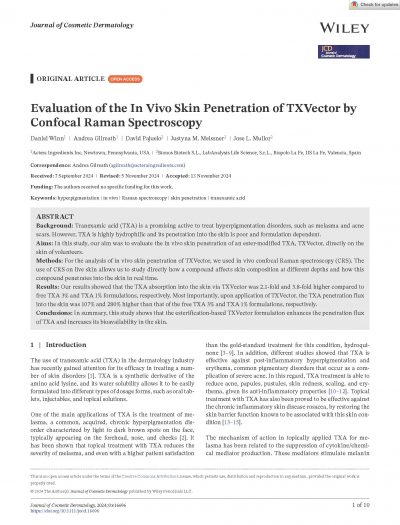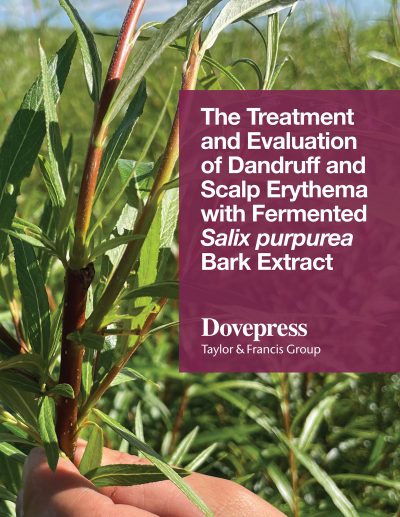Retinoids are often hailed as the gold standard in skincare, with decades of proven results in treating acne, reducing fine lines, and improving skin tone and texture. But not all retinoids are created equal. With the introduction of third-generation retinoids like Oleyl Adapanelate, dermatology has reached an exciting new era that offers powerful, clinical results with fewer side effects.
FAQ Quick Links:
What Are Retinoids?
Retinoids are a class of molecules that work by binding to retinoic acid receptors (RARs) in the skin. This triggers faster skin cell turnover, boosted collagen production, reduced breakouts, and more even complexion and texture.
Because of the broad benefits, retinoids are widely used to treat acne and signs of aging. The different generations of retinoids represent structural improvements designed to maximize results while reducing irritation.
The Evolution of Retinoids
First-generation retinoids are vitamin A-based and include retinol, retinaldehyde, and retinoic acid (tretinoin). While ubiquitous and effective, their tolerance is often problematic, requiring long adjustment periods, sometimes referred to as purging periods. There are also more serious systemic health risks associated with first-generation retinoids.
Second-generation retinoids are manufactured for oral use only to treat severe psoriasis.
Third-generation retinoids like Adapinoid are engineered to interact only with certain RAR receptors. This selective binding reduces the systemic health risk and skin irritation while offering faster, more targeted results.
This evolution reflects a simple goal: optimizing efficacy while reducing irritation and safety risk.
Why Third-Generation Retinoids Are Superior
Third-generation retinoids are a vast improvement over first-generation options because they deliver powerful results with fewer incidences of irritation and purging while reducing systemic safety risk.
First-generation retinoids are very effective but degrade easily and can be highly irritating, causing dryness, flaking, redness, and causing long purging periods before results are visible. In comparison, because of selective RAR binding, third-generation retinoids offer better tolerability and safety.
Third-generation retinoids also work more quickly than first-generation retinoids. As a result, users often notice visible improvements in texture, acne, and dark spots within weeks as compared to the months older generations require. This makes third-generation retinoids a better option for a wider range of skin types, including those who may have had issues with traditional retinoids in the past.
Why Adapinoid is the Retinoid to Watch
Among third-generation retinoids, Adapinoid has gained recognition as a standout innovation, offering the benefits of traditional retinoids while overcoming the many limitations of first and second-generation retinoids. Its dual-action effect works to prevent and treat acne by normalizing skin cell turnover and regulating sebum production while also addressing early signs of aging such as fine lines, wrinkles, and uneven complexion.
Adapinoid is engineered with a modern smart delivery system that leverages an ester prodrug strategy, allowing the molecule to biotransform with the skin’s own enzymes to slowly release adapalene into the skin. This method of delivery improves skin penetration and absorption while maintaining gentleness, even in sensitive skin types. The molecular design also improves stability so that potency is maintained throughout the shelf life of the product. Improved stability allows for ease of formulation compared to first-generation retinoids. No special storage, handling, or packaging conditions are required and no degradation occurs with heat or UV exposure.
A recent double-blind, randomized clinical study, performed by a board-certified dermatologist, compared 0.5% Adapinoid to 0.5% retinol. After 12 weeks of use, Adapinoid provided two times greater wrinkle reduction, ten times greater redness reduction, and seventy times greater transepidermal water loss reduction than retinol. Adapinoid dramatically outperformed retinol in tolerability with zero reports of moderate to severe irritation after 4 just weeks of use.
By combining efficacy, tolerability, and stability, Adapinoid makes a significant step forward in the evolution of retinoids, making it a powerful tool for achieving clearer, smoother, and healthier-looking skin. Its expert design and efficacy make it one of the most disruptive innovations in dermatology today.
FAQ
What makes Adapinoid different from other retinoids?
Adapinoid is a third-generation retinoid specifically engineered to biotransform into adapalene with the skin’s own enzymes, it the most stable and gentle third-generation retinoid.
Has Adapinoid been clinically tested?
Yes, Adapinoid is clinically proven to be superior to retinol with 2x greater wrinkle reduction, 10x greater redness reduction, and 70x greater TEWL reduction. You can read the full study .
Is Adapinoid safe for sensitive skin?
Yes, in a clinical study, Adapinoid had zero reports of moderate or severe irritation after 4 weeks of use and no adverse events were reported.
Should I expect a retinol-like purge when starting Adapinoid?
No, Adapinoid is gentle on the skin and will not cause an increase in breakouts, peeling, dryness, or other irritation.
What is transepidermal water loss and why does it matter?
Transepidermal water loss (TEWL) refers to the evaporation of water from the skin. An increase in TEWL can lead to dehydrated, dry skin signaling a weakened skin barrier. A decrease in TEWL signals skin barrier improvement.

